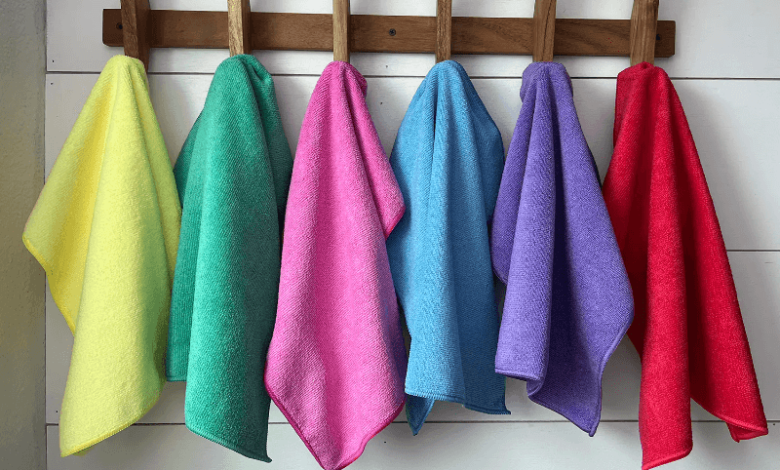Your Favourite Microfibre Material Has a Dirty Little Secret

Microfibre material cleaning cloths have recently gained popularity among families that are looking for a better cleaning material that is also more friendly to the environment. The following are some of the reasons why polyester and nylon synthetic fabrics have become preferred materials by so many homeowners. It is for this reason that Microfibre material cleaning cloths that can attract and trap dust and grime as well as being highly absorbent appear to be the perfect solution to cleaning surfaces without using chemicals.
The Problem with Microfibre Material Cleaning
Microfibre material cleaning cloths can be made from a combination of polyester and nylon and as such they may look like they belong to the green category but little do people know that they have a hidden disadvantage which is now gradually coming to light. These synthetic Microfibre materials are a product of petroleum, and their use is fast turning into a new menace, namely plastic, in our water systems.
The Shedding Problem
One of the main issues that people have with Microfibre material cleaning cloths is the issue of fiber shedding during the washing process. These tiny Microfibre particles referred to as microplastics are now being washed into our seas, oceans, lakes, and rivers and this can cause a lot of harm to the community.
”A single synthetic article of clothing can shed around 1,900 fibers every wash”. Some of the items that the experts include as a source of this pollutant include Microfibre material cleaning cloths, and fleece jackets.
The Hazards of Microplastics
Microplastics that become trapped in our waterways do not disappear and have the ability to absorb toxic chemicals including; carcinogenic polycyclic aromatic hydrocarbons (PAHs) and polychlorinated biphenyls (PCBs). All these pollutants can be ingested by fish and other sea animals and thus enter the food chain and even end up on the tables we use to eat.
Seeking Eco-Friendly Alternatives
In this regard, it is advised against the use of Microfibre material cleaning cloths and the search for a more environmentally friendly solution. Old cotton t-shirts or sheets can be used in cleaning; it is suggested that one should use reusable rags as it is cheap and also in line with the recycling and reusing culture.
DIY Cleaning Solutions
The use of homemade cleaners are prepared by mixing baking soda, vinegar, water, and at times a little castile soap. These DIY cleaners can be as effective as bought ones, without the disadvantage of using Microfibre material that pollutes the environment.



